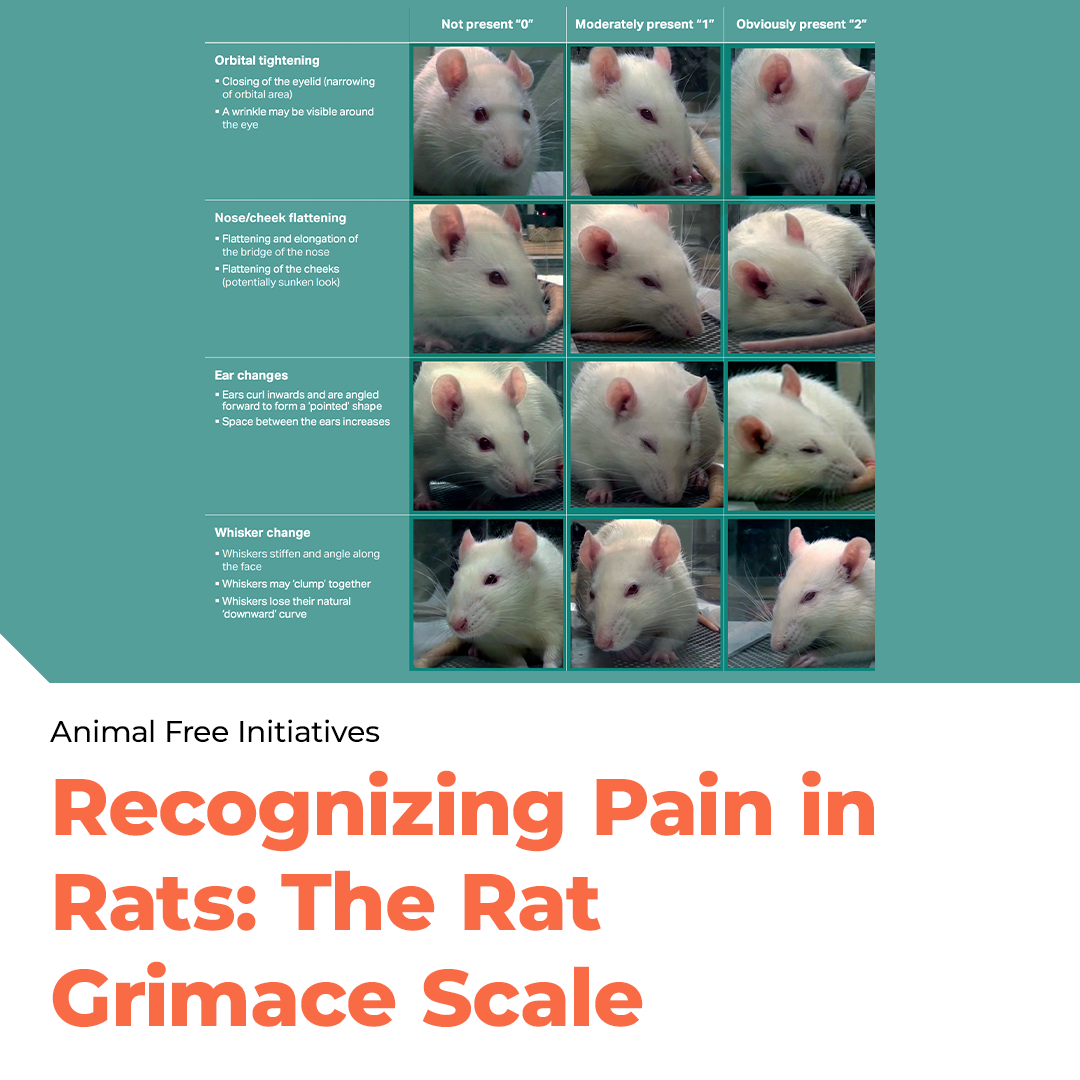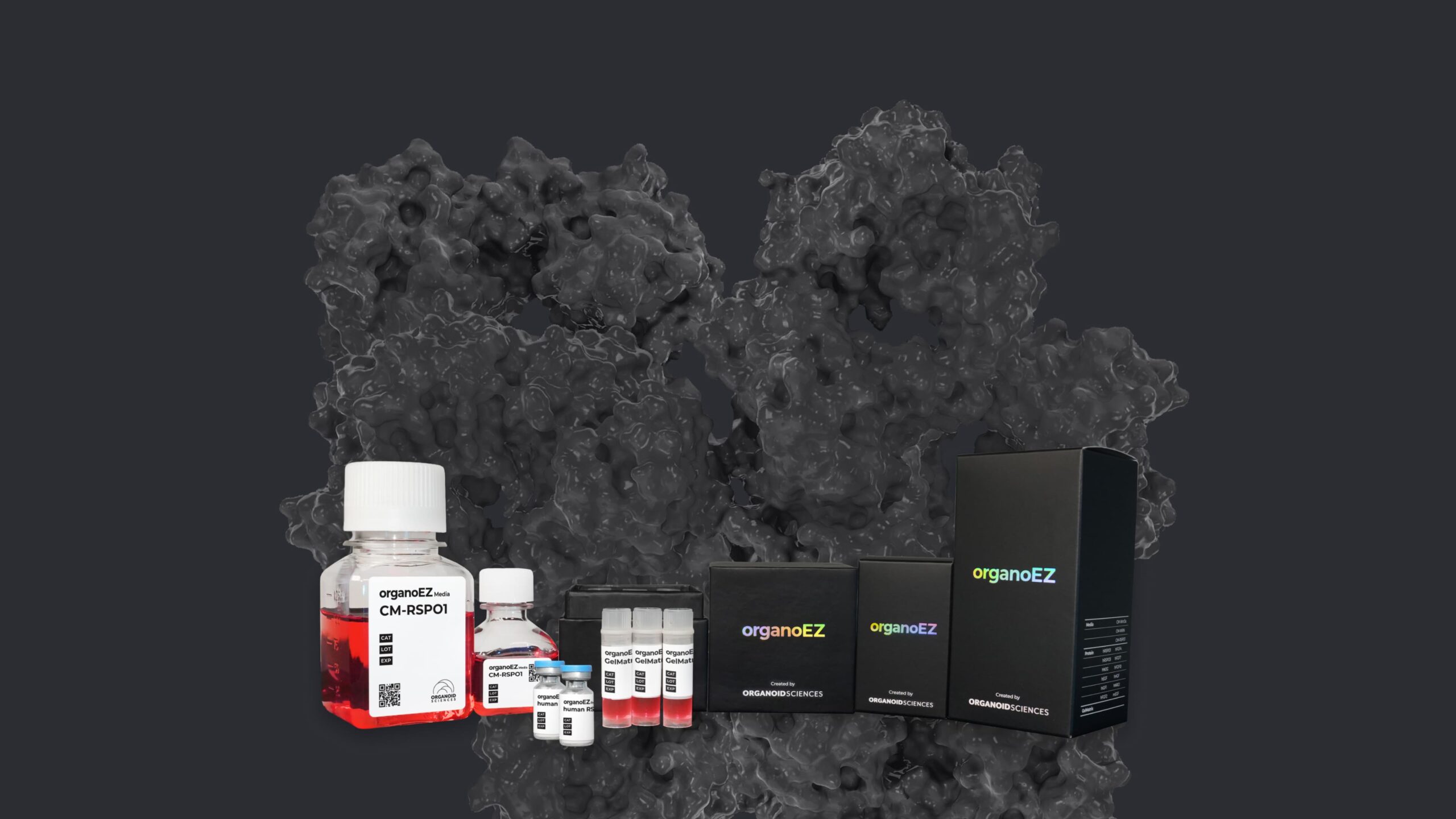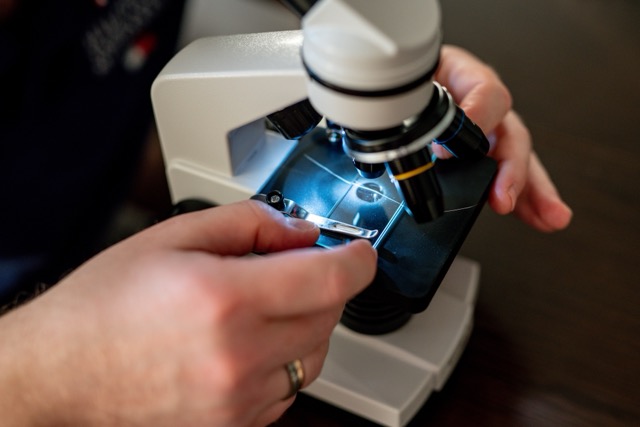Following up on last week’s topic, today we’ll explore the grimace scales developed specifically for rabbits.
Just like the mouse grimace scale, the rabbit grimace scale is a vital tool for assessing and alleviating pain in laboratory animals. Recognizing pain in rabbits through their facial expressions can enhance their welfare by allowing for timely and effective pain management.
The Rabbit Grimace Scale, developed by Dr. Matthew Leach and colleagues at Newcastle University with funding from the NC3Rs, focuses on several key facial action units. Here’s a breakdown:
The Rabbit Grimace Scale
Orbital Tightening
- Description: Narrowing of the eyes, resembling a squint.
- Significance: Indicates discomfort or pain, similar to the response observed in mice.
Nose Shape and Position
- Description: Changes in the nose shape and position, often drawn towards the mouth.
- Significance: A clear indicator of pain or distress.
Cheek Flattening
- Description: The cheeks appear flattened, giving the face a more angular appearance.
- Significance: Reflects a response to pain, similar to the facial action units in mice.
Whisker Changes
- Description: Whiskers may become more rigid and change direction, often pointing backward.
- Significance: This change can be a reliable indicator of pain.
Ear Shape and Position
- Description: Ears may become more tightly folded and move backward.
Significance: Ears shifting position is a clear sign of discomfort or pain.
When using the rabbit grimace scale to assess pain in real-time at the cage or pen side, it’s crucial to observe each rabbit for a short period. This approach ensures that brief, unrelated changes in facial expression do not lead to incorrect assessments. Importantly, grimace scales should only be used with awake animals to ensure accurate readings.
Keywords: rabbit, grimace, pain tolerance







